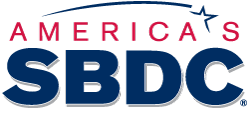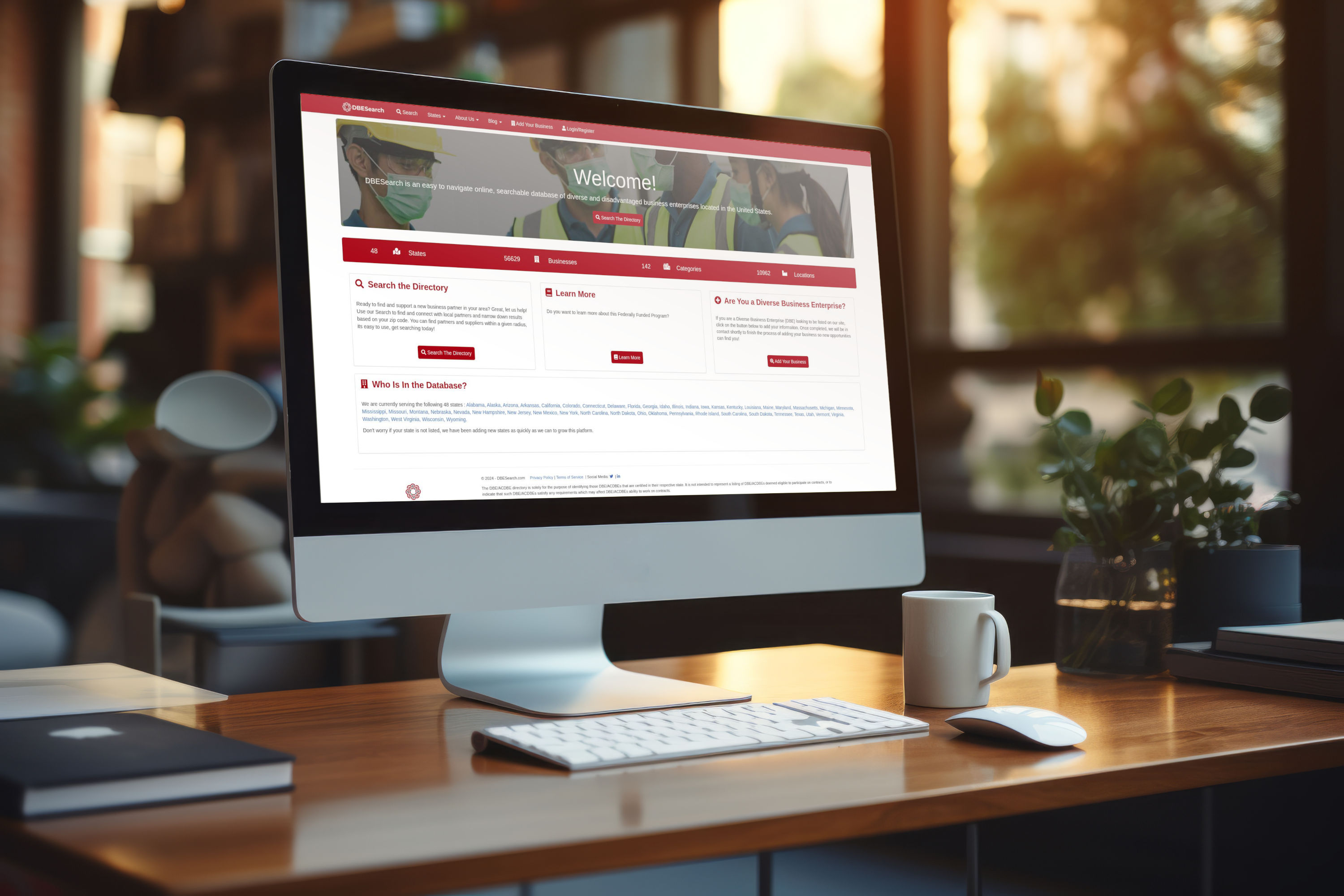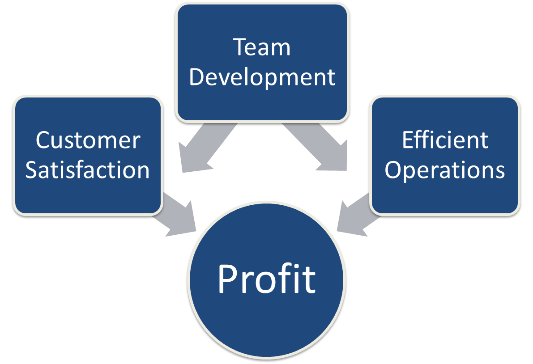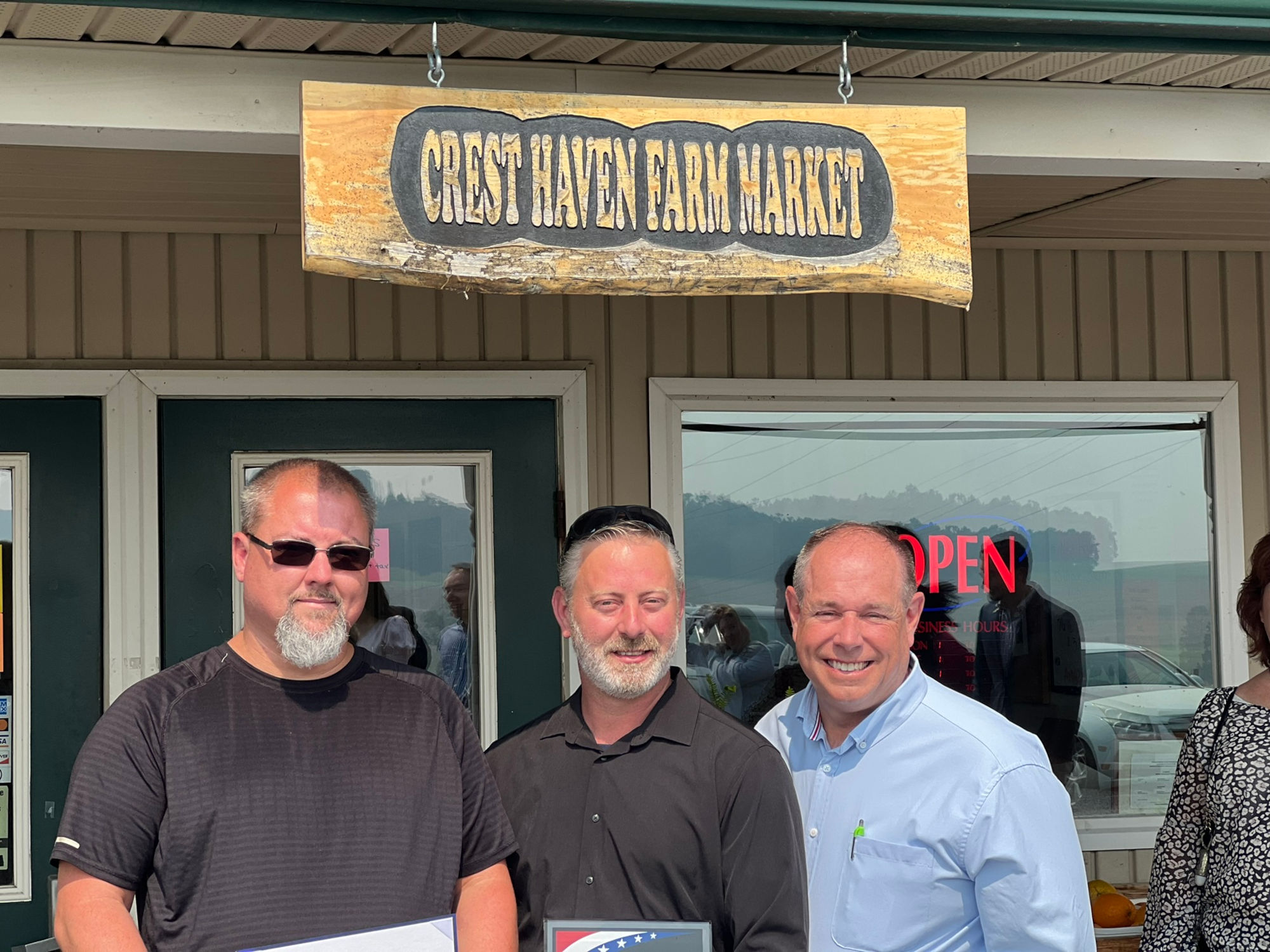In 1983, the first Disadvantaged Business Enterprise (DBE) provision was enacted by Congress, requiring the U.S. Department of Transportation to ensure that small disadvantaged businesses must be included as suppliers on federal, state, and local infrastructure contracts. Since then, the policy of helping socially and economically disadvantaged minority, woman, veteran, and disabled owned businesses has expanded.
A 2017 Transportation Act made it a requirement for any government contractor to spend a certain percentage of dollars on diverse suppliers for road, railroad, and other infrastructure projects.
It was this requirement that essentially sent Matthew Reed, President of JCR Construction on the path to create DBEsearch.com. JCR Construction is a utility contractor who builds power lines for various utility companies in the Northeast.





